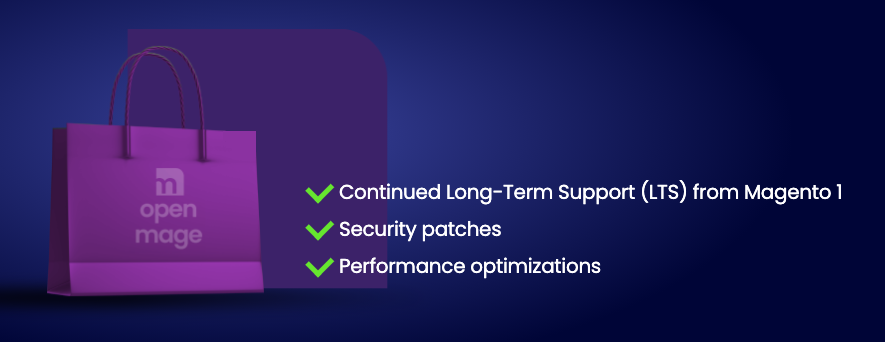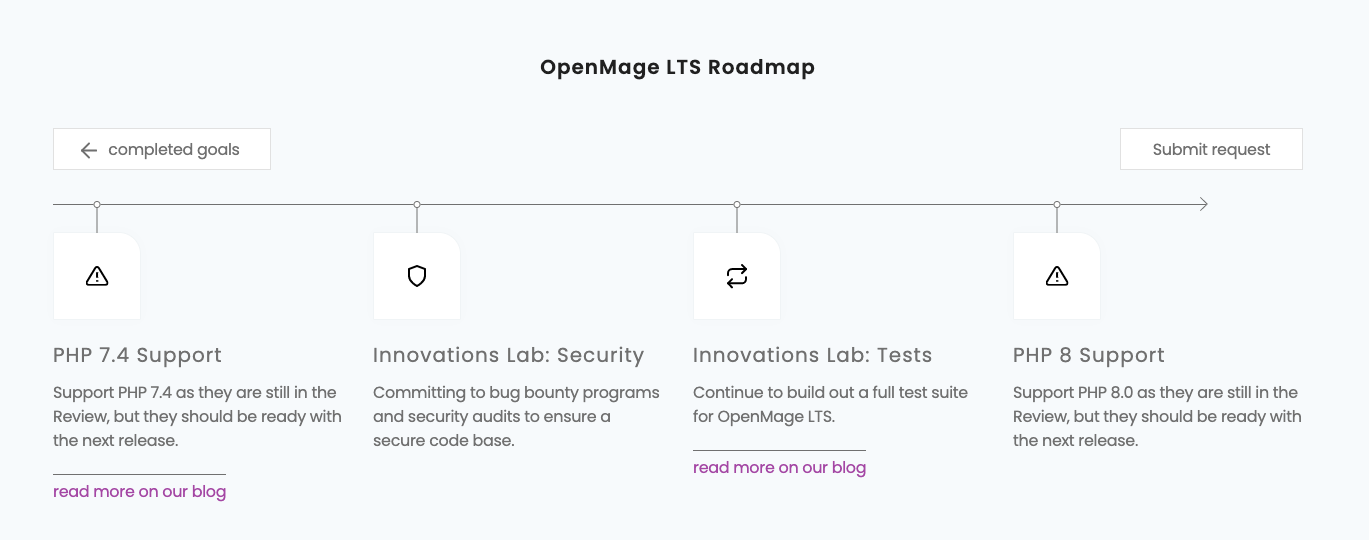Advanced Invoice Layout Extension
Über 1.000 Kunden nutzen diese Magento Extension für schönere PDF-Layouts von Rechnungen, Lieferscheinen und Gutschriften.
mehr erfahrenAfter the official end of life of Magento in last June, I recommended two ways of continuing with Magento 1 to my clients: either use MageOne to take care of providing security patches and updates for the latest Magento Open Source version 1.9.4.5. Or use the community-driven OpenMage fork of Magento. In this post we will see how I did the migration of my own website from Magento 1.9.4.5 to OpenMage.
Chris / / zuletzt aktualisiert am
While I moved this blog to the future-proven platform Hugo a while ago, I finally also migrated my Magento 1 based website vianetz.com to OpenMage 19.4.
Astonishingly the process went extremely smooth, so here is how I did it.
OpenMage is community-driven fork of Magento Open Source 1, which means the power and knowledge of the Magento community is used to continue the support for Magento 1 after Adobe has dropped it.
OpenMage offers 2 development branches at the moment: 19.x and 20.x:
As in the first step we are doing the migration from Magento 1, I am trying to use the backwards compatibility option as much as possible, so I will switch to the OpenMage 19.x branch.
Perhaps it might sound unreasonable to stay on Magento 1 while Magento 2 has been out in the wild since a while, but depending on the use case there are good reasons to stay on Magento 1.
Magento 1 is an established and broadly distributed E-Commerce platform since 2008, that means most of the general bugs have been fixed already sooner or later. In addition while the admin interface may look a little bit outdated (by the way: OpenMage ships with a more modern admin theme), everything is extremely fast and interactive (something Magento 2 seems to be struggling with ;-).
Also many of my clients have put enormous development efforts and money into their Magento 1 application that would be more or less lost during a replatforming to Magento 2 or any other shop platform.
Of course it should be noted while there are a lot of benefits for continuing with Magento 1, the most important downside is the overall support of extension vendors for Magento 1 and the provision of new security fixes and feature updates. While OpenMage addresses the latter, the future will show when and how extension vendors will continue to support Magento 1.
I for myself have decided to support my Magento 1 extensions as long as there is any need for it.
So now let’s get into action!
OpenMage mentions 2 migration methods on their website: using a script and a Git-based approach. Depending on my current workflow and project setup, I chose to use a third one: simply adding the OpenMage sources as composer dependency (as mentioned on the installation notes):
{
"require": {
"aydin-hassan/magento-core-composer-installer": "*",
"openmage/magento-lts": "^19.4.8"
},
"extra": {
"magento-core-package-type": "magento-source",
"magento-root-dir": "htdocs",
"magento-deploystrategy": "absoluteSymlink",
"magento-force": true,
"magento-core-deploy": {
"excludes": [
".htaccess", "index.php"
]
}
}
}This way my Git repository no longer contains the Magento core code and everything is pulled at deployment time using the great composer tool.
As I took care of making all customizations the offical “Magento way”, there was absolutely nothing I had to change after the migration to OpenMage!
The only thing I did change was the configuration setting System -> Configuration -> Admin -> Theme -> Use Legacy Theme to maintain a certain taste of Magento 1 in the backend ;-)
By the way, there is interesting stuff on the roadmap of OpenMage:

Reaktionen auf "Magento to OpenMage Migration"